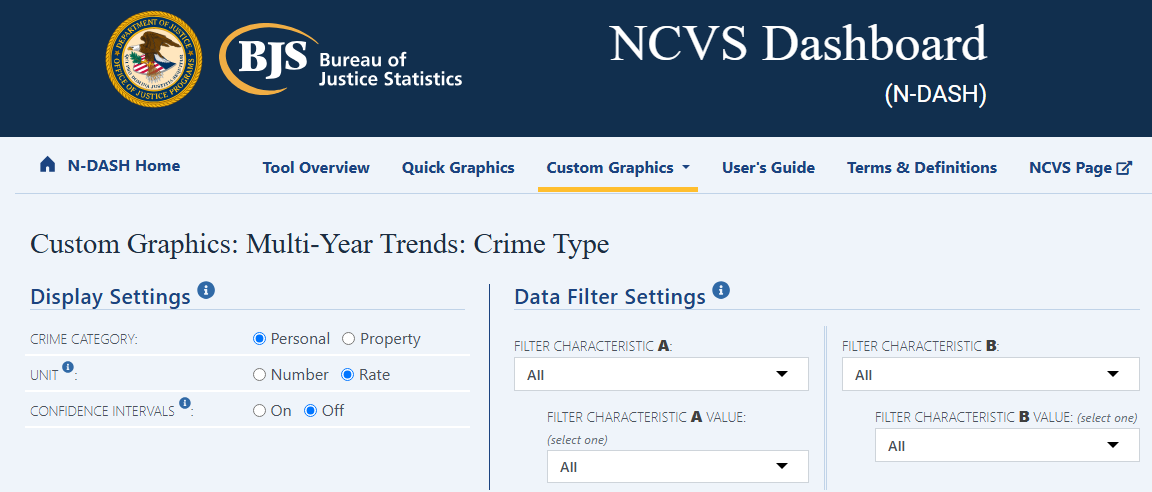One of the major drawbacks with national-level crime data is undoubtedly its slowness. The FBI is the main publisher of crime data and typically comes out with its Crime in the US report for a recently completed year in September or October of the following year. The Bureau of Justice Statistics produces the National Crime Victimization Survey (NCVS) which follows a similar release timeline.
Major changes have occurred with many Federal datasets and reports in the last few months with numerous useful datasets edited or removed entirely. Undoubtedly some of these changes have touched on criminal justice issues. So far, however, there’s no evidence of major changes with respect to FBI/BJS crime and policing data though — thanks to the lengthy delay in publishing — such changes can’t be ruled out in the future.
I don’t have an encyclopedic knowledge of Federal crime/policing datasets, so it’s certainly plausible that I’ve missed something. That said, here are the places I’m following to see if there will be any data production or reporting changes:
The FBI’s Crime Data Explorer (CDE) is the primary database for national reported crime data. The CDE hasn’t changed one iota since September 2024 which in itself is not particularly unusual. A quick glance at datasets with victim/offender demographic data in them show no obvious changes and the hate crimes data — which identifies a variety of hate crime types — is untouched.
There hasn’t been any new quarterly data reported since September 2024 but that, in theory, is part of a plan that predates the election. The FBI’s most recent “Special Report” titled “Violence Against American Indian or Alaska Native Females, 2021-2023” which was published in January 2025 is still up.
The first new release covering 2024 data is expected to be the Law Enforcement Employees dataset. This dataset covering 2023 was released on May 6, 2024 and it was released on April 12, 2023 covering 2022. If May ends and this dataset hasn’t been released then it suggests a change in FBI reporting practices. This dataset records the number of officers and civilians in each law enforcement agency in the country.
The other dataset to watch is one that the FBI has never published before: monthly data. I first heard about the FBI’s plans to publish monthly data in mid-2023, and in late November they’ve said they’ll publish monthly data “within the first few months of calendar year 2025.” In early March they said “There is no additional update at this time” which could be interpreted any number of ways.
If the monthly data hasn’t arrived by late summer then it’s possible that it reflects a policy change to publish less. The FBI has never done monthly data though so not publishing a new promised dataset may also mean they’ve run into technical or reporting challenges with no malice intended towards data reporting.
Then there’s the annual reporting that will come out this Fall. The Crime in the US report, hate crimes, and other annual programs should have data released by late September or mid-October. It will be fairly obvious if these reports have been changed since they’re so well established.
On the BJS side of the house, the NCVS Dashboard (N-DASH) is still up and running with options for selecting victim demographics still included. BJS tends to release more historical data — one of the “New Releases” currently on the website is for “Juveniles Charged in Adult Criminal Courts, 2014” — so any BJS changes would be subtle. NCVS 2024 will probably come out in the September/October timeframe.
That uncertainty exists with respect to crime/policing data though the incredibly slow natural pace of reporting means that any changes will take a while to sort out. So while here is a ton of uncertainty surrounding Federal datasets across a number of different fields, The good news is that projects like the Real-Time Crime Index (another shameless self plug) are not at all reliant on Federal reporting practices to operate.





Thanks Jeff. Best, Len.